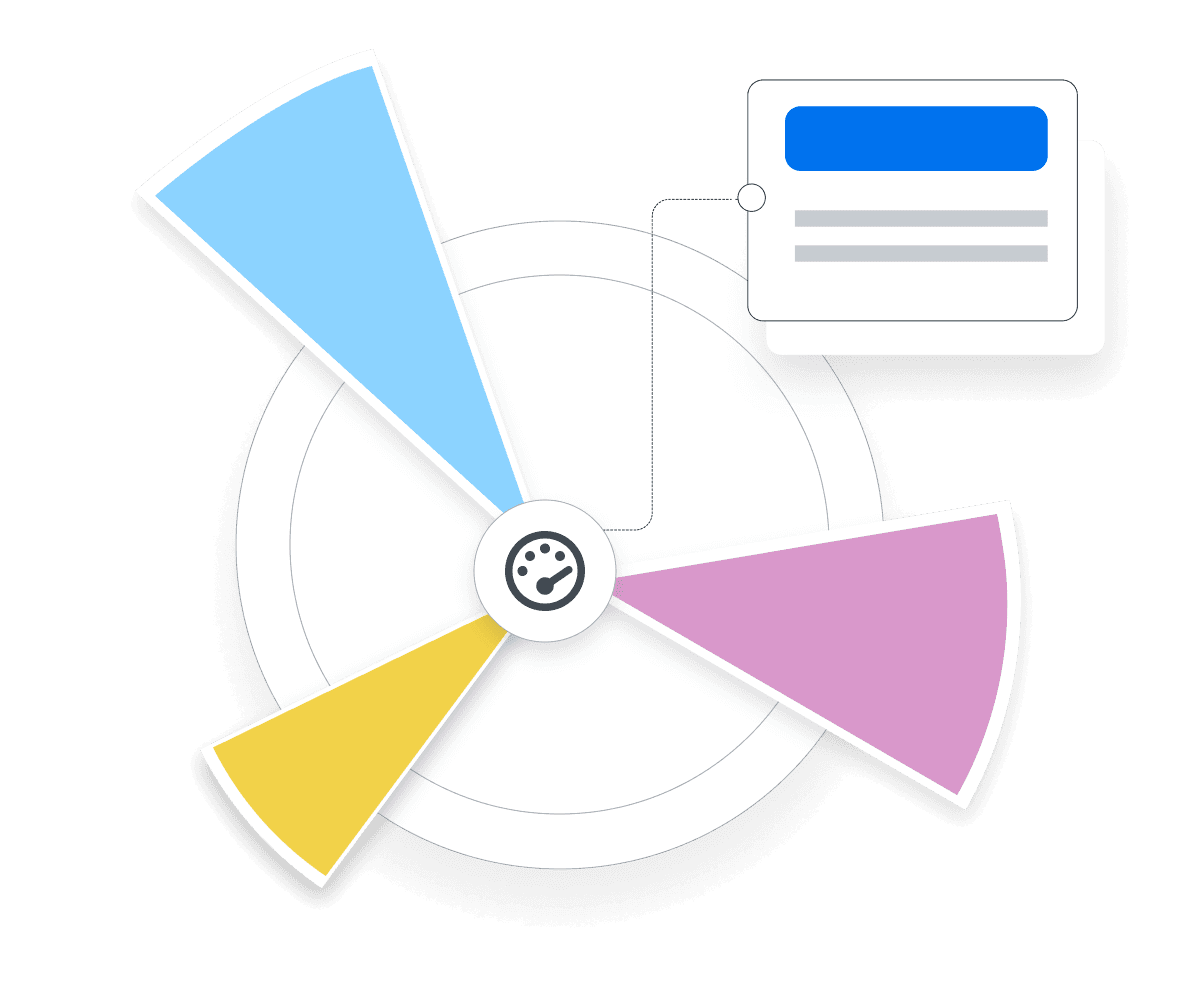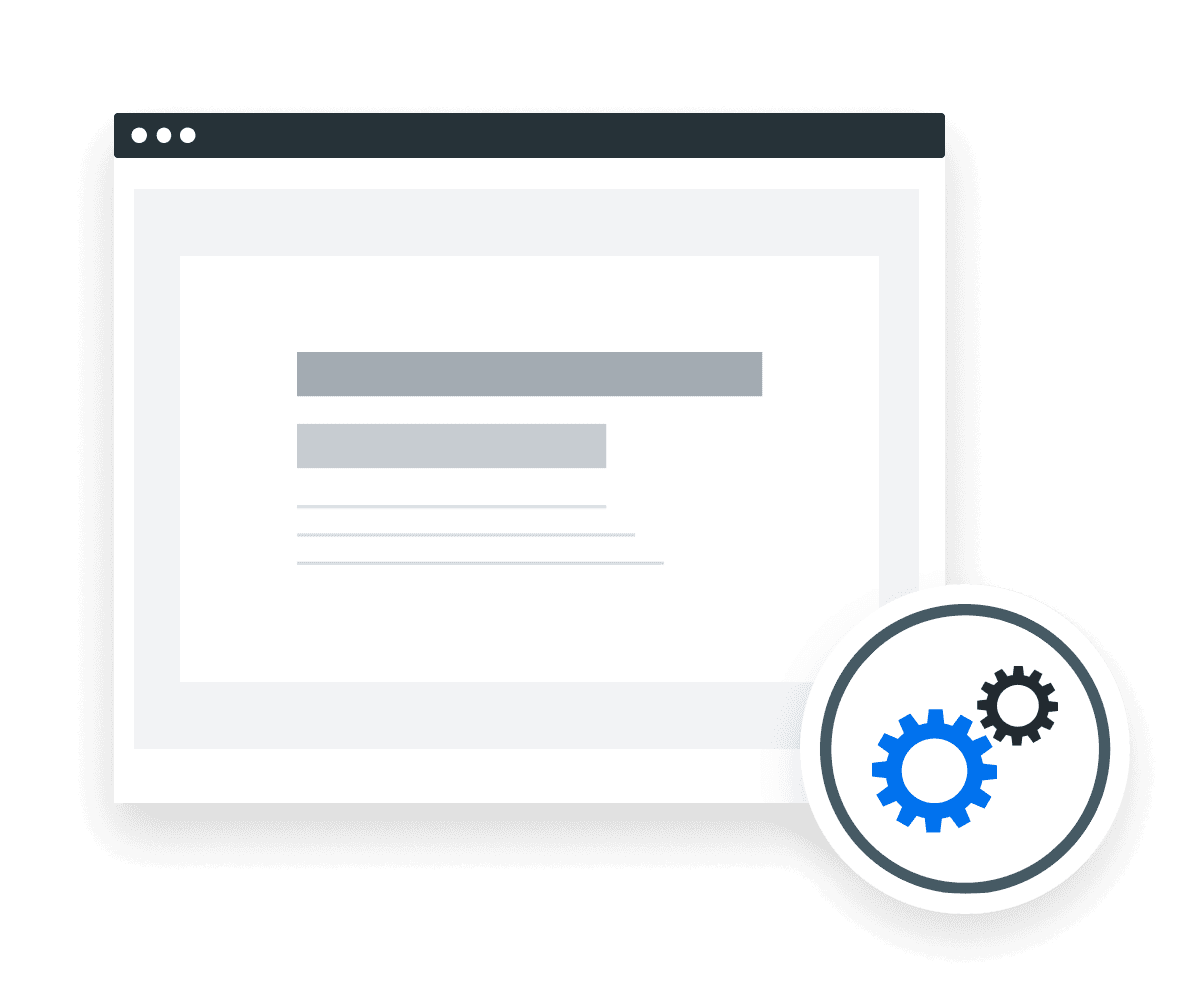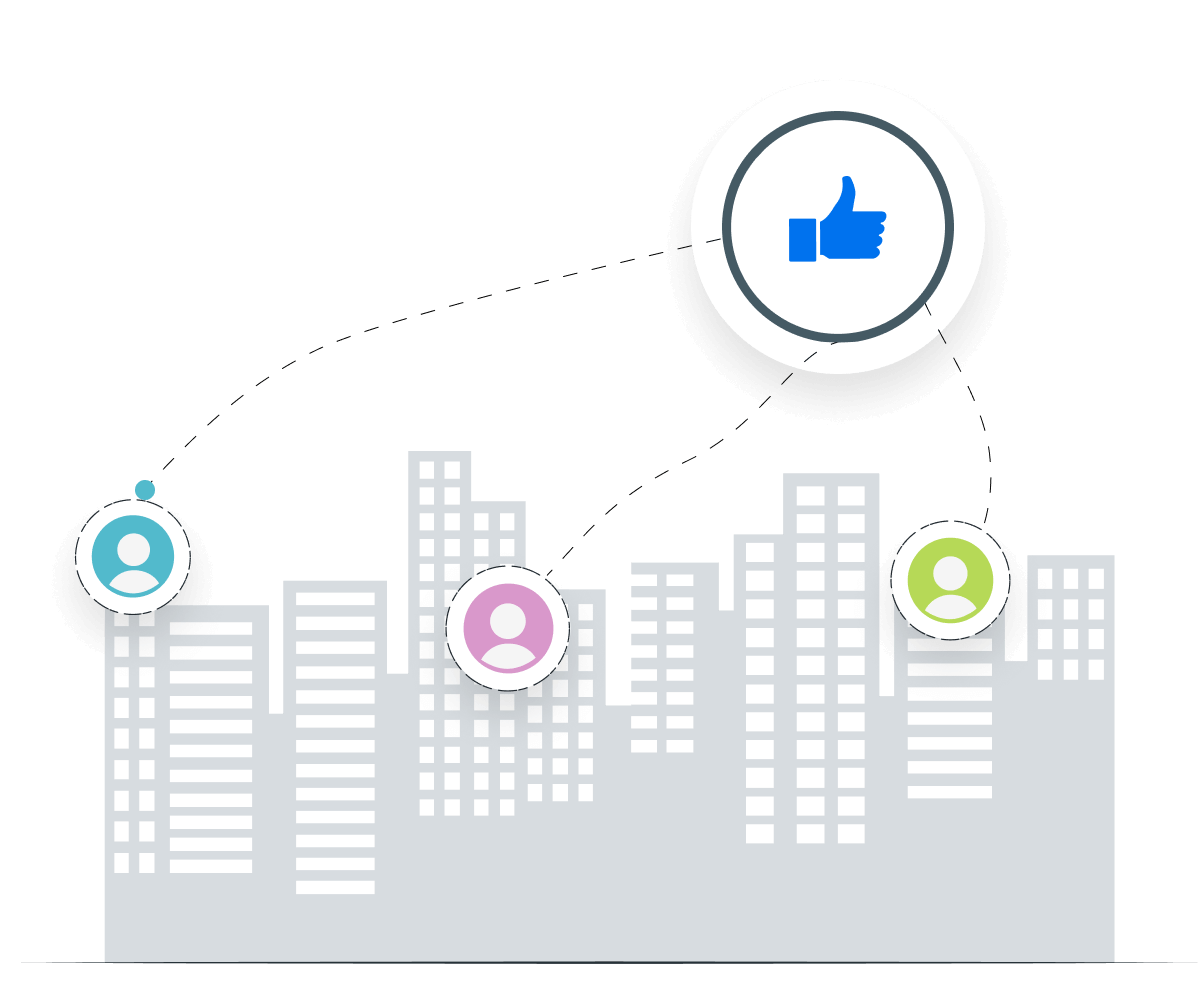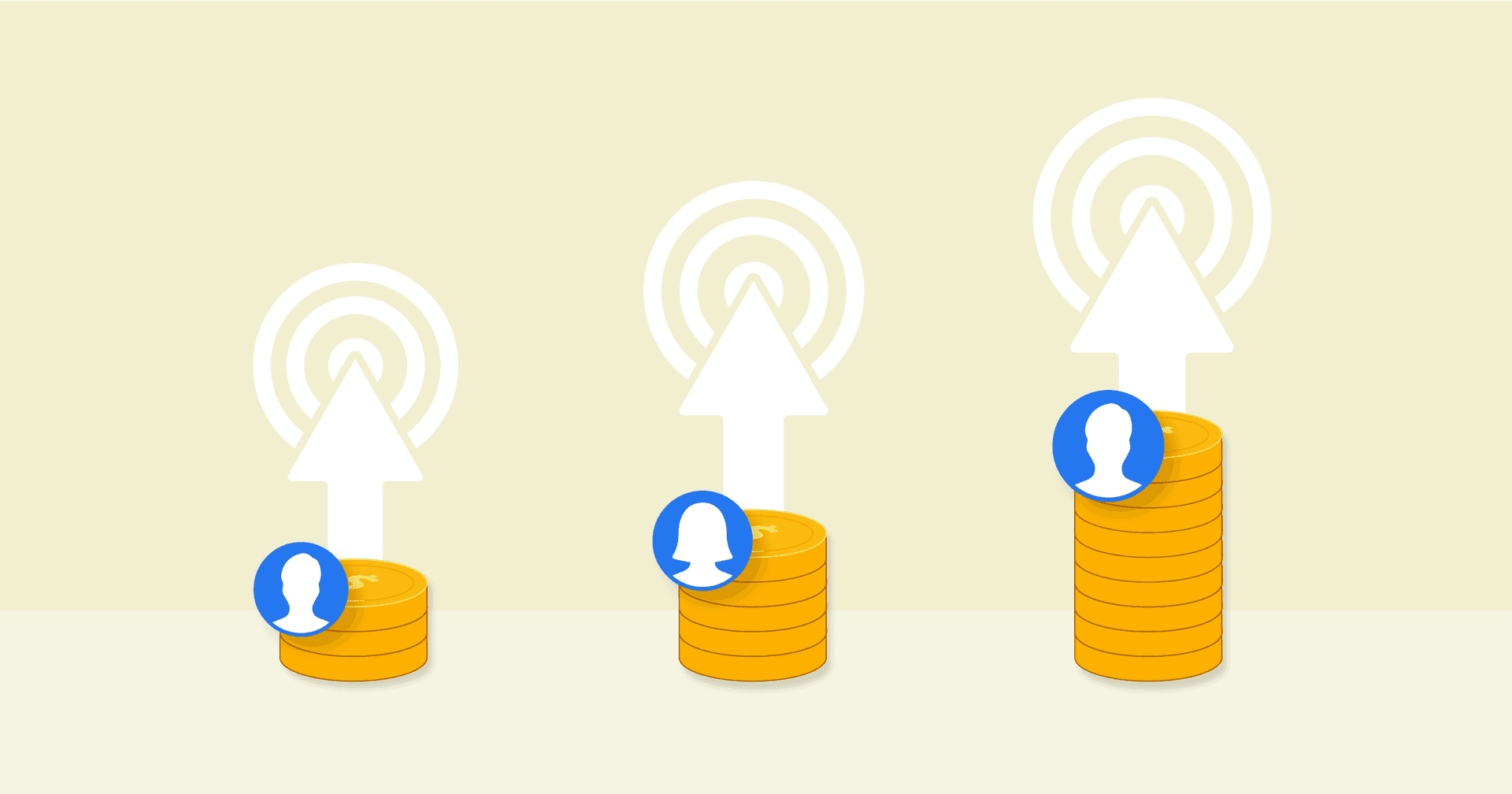Customer Acquisition Cost (CAC)
Campaign Performance
Assess campaign & channel effectiveness by comparing CAC.
Establish Growth Targets
Use historical CAC to set achievable goals.
Showcase in Client Reports
Provide a clear picture of the cost-effectiveness of campaigns with CAC
Forecasting and Planning
Make informed predictions about future marketing needs.
Why Customer Acquisition Cost Is Important
Customer Acquisition Cost is a direct measure of how much an agency spends to gain a new client. A lower CAC means more cost-effective client acquisition, leading to better profit margins. On the other hand, a high CAC suggests potential inefficiencies in the marketing strategy.
Tracking CAC is crucial because it offers a clear view of marketing ROI. Agencies swiftly adjust strategies based on this metric, ensuring optimal use of resources. In short, CAC is a vital metric for agencies focused on efficient growth.
Stop Wasting Time on Manual Reports... Get PPC Insights Faster With AgencyAnalytics
How Customer Acquisition Cost Relates to Other KPIs
Customer Acquisition Cost is directly influenced by funnel metrics like Cost per Click (CPC), Cost per Lead (CPL), Lead Close Rate, and Conversion Rate. Starting with CPC, a lower cost here reduces the initial financial barrier to engage potential customers, positively impacting CAC. Following this, CPL comes into play, providing an understanding of the cost-effectiveness of lead generation methods. Assuming the lead quality remains consistent, a lower CPL typically results in a more favorable CAC by minimizing the expenses involved in getting leads into the funnel.
Moving further down the funnel, metrics like Lead Close Rate and Conversion Rate become focal points. A higher Lead Close Rate signifies a more efficient sales process, effectively reducing the overall CAC. Similarly, a higher Conversion Rate indicates effective targeting and messaging, which further lowers the CAC. These interconnections between metrics are pivotal in forming a well-rounded, cost-effective strategy.
What’s Included When Calculating Customer Acquisition Cost
The Customer Acquisition Cost formula is designed to capture the full range of expenditures incurred while acquiring customers. These start with advertising costs, covering everything from digital pay-per-click campaigns to traditional media outlets. Marketing expenses, another crucial part of the equation, include initiatives like content creation and search engine optimization.
Yet, the scope affecting Customer Acquisition Costs extends beyond marketing spend. Sales-related expenditures, such as salaries and commissions, also weigh in. Additional elements, often overlooked, include technical infrastructure, promotions, and sales team training. Understanding these individual components is vital for effective cost management and strategic decision-making.
The Impact of Customer Lifetime Value
One key metric that should never be ignored when analyzing Customer Acquisition Cost is the customer lifetime value (CLV). The relationship between CAC and CLV is fundamental for assessing the long-term value generated from each customer, beyond just the cost to acquire them. For instance, an initially high CAC might be justified if the customer's lifetime value is significantly higher, ensuring a positive return on investment.
Another layer of complexity comes in when differentiating between types of customers. For example, existing customers may require different resources than potential customers when it comes to customer relationship management. Paying customers are typically cheaper to retain compared to the marketing costs involved in acquiring new customers, affecting the overall marketing costs. Knowing how to allocate resources wisely between these customer types is crucial for cost-effective business strategies.
CAC is where the rubber meets the road. CTR, CPC, CPM, CPL... these are all good to track BUT what really matters is how much it’s costing you to acquire a new customer.
How To Calculate Customer Acquisition Cost
Calculating Customer Acquisition Cost is straightforward yet essential for understanding the efficiency of marketing efforts. At its core, CAC represents the cost incurred by an agency or business to secure a new client or customer.
To determine this, agencies must consider all expenses related to marketing and sales efforts, including advertising spend, sales team salaries and commissions, software costs, and more. By examining Customer Acquisition Cost examples from past campaigns, agencies also glean actionable insights for future strategies.
CAC Formula Example
What Is a Good Customer Acquisition Cost?
A good average Customer Acquisition Cost varies by industry and business model. However, a favorable CAC is typically one that is significantly lower than the Lifetime Value (LTV) of a customer. This ensures that the investment in acquiring a new customer will yield a positive return over time.
What Is a Bad Customer Acquisition Cost?
A high CAC, especially one that approaches or exceeds the LTV of a customer, is concerning. It indicates that the cost to acquire a customer might not be justified by the revenue they bring, leading to unsustainable marketing strategies.
How to Set Customer Acquisition Cost Goals
While industry standards are helpful, agencies gain more targeted insights by examining their historical data. Comparing CAC to revenue generated from past campaigns reveals patterns and helps set realistic, individualized benchmarks.
To align CAC with specific revenue goals, agencies often back-calculate the required CAC based on the set budget and targeted revenue. For instance, if the revenue target is $100,000, the Average Order Value is $100, and the marketing budget is $10,000, the CAC would need to be $10 per customer for 1,000 customers.
Beyond simple averages, agencies dissect CAC in a more granular way. Looking at CAC by channel, by customer segment, or even by season provides valuable insights. For instance, CAC may be lower during a holiday season but higher during a slow quarter. Understanding these fluctuations leads to more strategic decision-making and budget allocation.
Why Customer Acquisition Cost Matters to Clients
For clients, Customer Acquisition Cost is a direct reflection of their investment efficiency. It's a tangible number that indicates how much is spent to bring in each new customer. A lower CAC means that the client's marketing dollars are working effectively, ensuring a better return on their investments.
Moreover, CAC provides clients with a clear picture of their growth trajectory. If the cost to acquire new customers remains steady or decreases while revenue increases, it's a sign of a sustainable and profitable business model.
Why Customer Acquisition Cost Matters to Agencies
From an agency's perspective, CAC is more than just a number; it's a testament to their expertise. A well-managed CAC showcases an agency's ability to strategize and execute effective marketing campaigns. It's a metric that differentiates an agency from its competitors.
While clients might focus on the immediate cost, agencies look into the nuances of CAC, using it as a tool to refine strategies, allocate resources, and demonstrate their value proposition. A consistent track record of optimizing CAC also serves as a compelling selling point for agencies when pitching to potential clients.
Discover the Client Reporting Platform Trusted by Over {{customer-count}} Marketing Agencies
How To Analyze & Report on Customer Acquisition Costs
Understanding the nuances of Customer Acquisition Cost paves the way for more effective advertising campaigns. When sharing the Customer Acquisition Cost with clients, remember that it’s more than just a number; it's a reflection of the overall marketing strategy.
Historical Trends in CAC
Assessing CAC over intervals, such as monthly or annually, highlights patterns, indicating the evolving effectiveness of marketing strategies.
CAC Breakdown by Channel
Each marketing avenue might have a distinct CAC. By evaluating CAC per channel, it becomes clearer where the best ROI is achieved, guiding resource allocation.
Campaign-Centric Insights
Different campaigns yield different CACs. Analyzing them individually shines a spotlight on the most cost-efficient initiatives and those needing a rethink.
Put CAC in Context
Understanding CAC in isolation can be misleading. It gains true meaning when juxtaposed with other metrics like Lifetime Value (LTV) or conversion rates. For instance, a low CAC might seem positive, but if the LTV of those customers is also low, the overall profitability might not be as impressive.
Visualize CAC Performance
A picture is worth a thousand words. Visual representations, such as progress bars, make CAC trends and patterns instantly recognizable. Instead of sifting through tables of numbers, clients quickly grasp the trajectory of their CAC, its fluctuations, and its implications.
Align to Client Goals
Every client has unique objectives, be it brand awareness, revenue growth, or market expansion. Demonstrating how CAC aligns with these goals is crucial. If a client's aim is rapid market penetration, a higher CAC might be acceptable initially. Conversely, for a client-focused on profitability, optimizing CAC becomes paramount.
Salesforce Dashboard Example

How To Improve Customer Acquisition Cost
Improving Customer Acquisition Cost significantly boosts marketing efficiency and ROI. Here are a few actionable tips to achieve this.
Optimize Ad Spend
Evaluate advertising channels to ensure funds are directed towards the most effective platforms. Regularly audit campaigns to eliminate underperforming ads and reallocate budgets.
Enhance Targeting
Refine audience segmentation to ensure marketing efforts reach the most relevant and likely-to-convert demographics. Utilize data analytics to understand customer behavior and preferences.
Leverage Referrals
Encourage satisfied customers to refer friends or colleagues. Offering incentives or rewards for referrals can reduce acquisition costs and bring in high-quality leads.
Related Blog Posts
See how 7,000+ marketing agencies help clients win
Free 14-day trial. No credit card required.

















